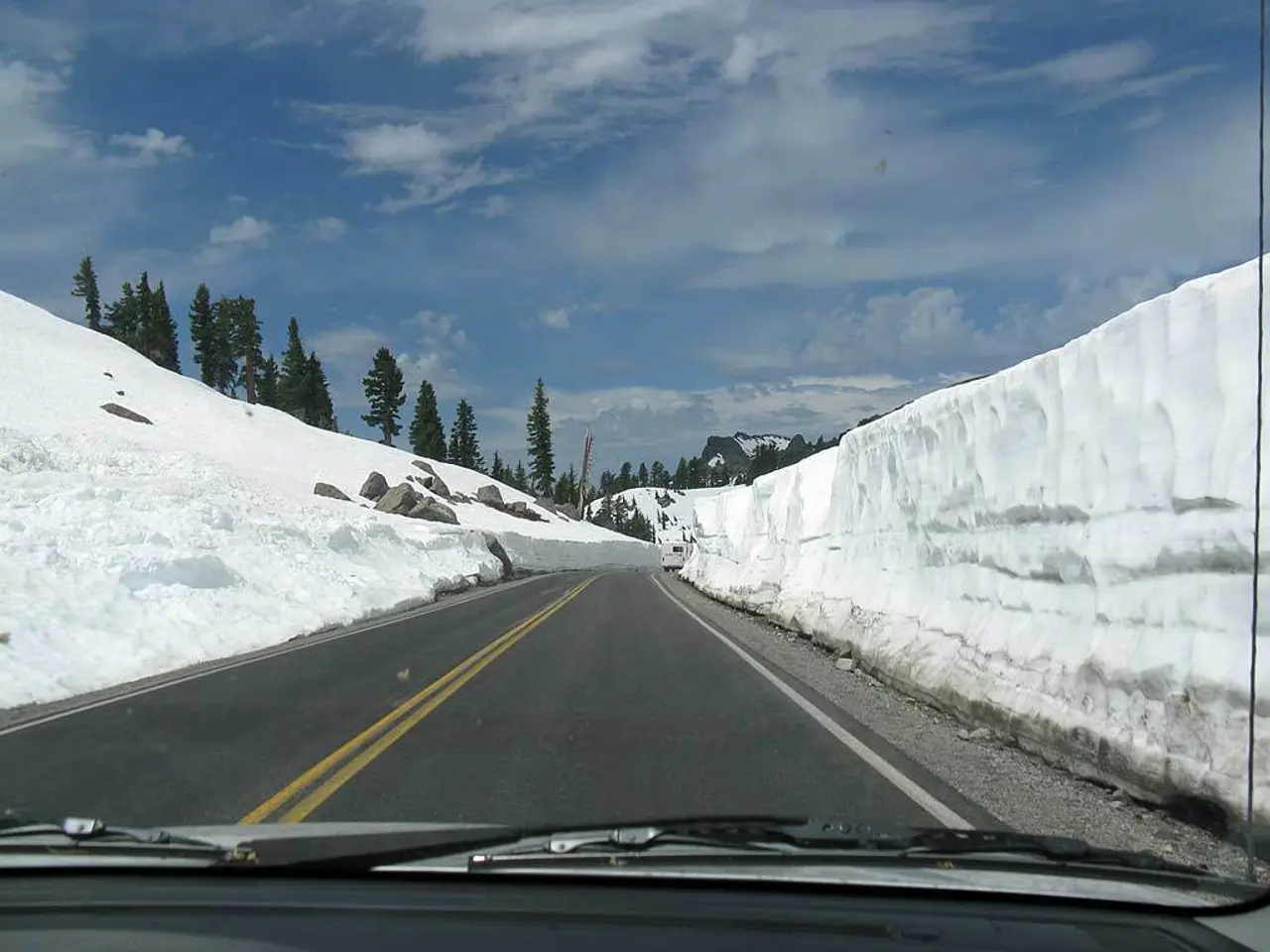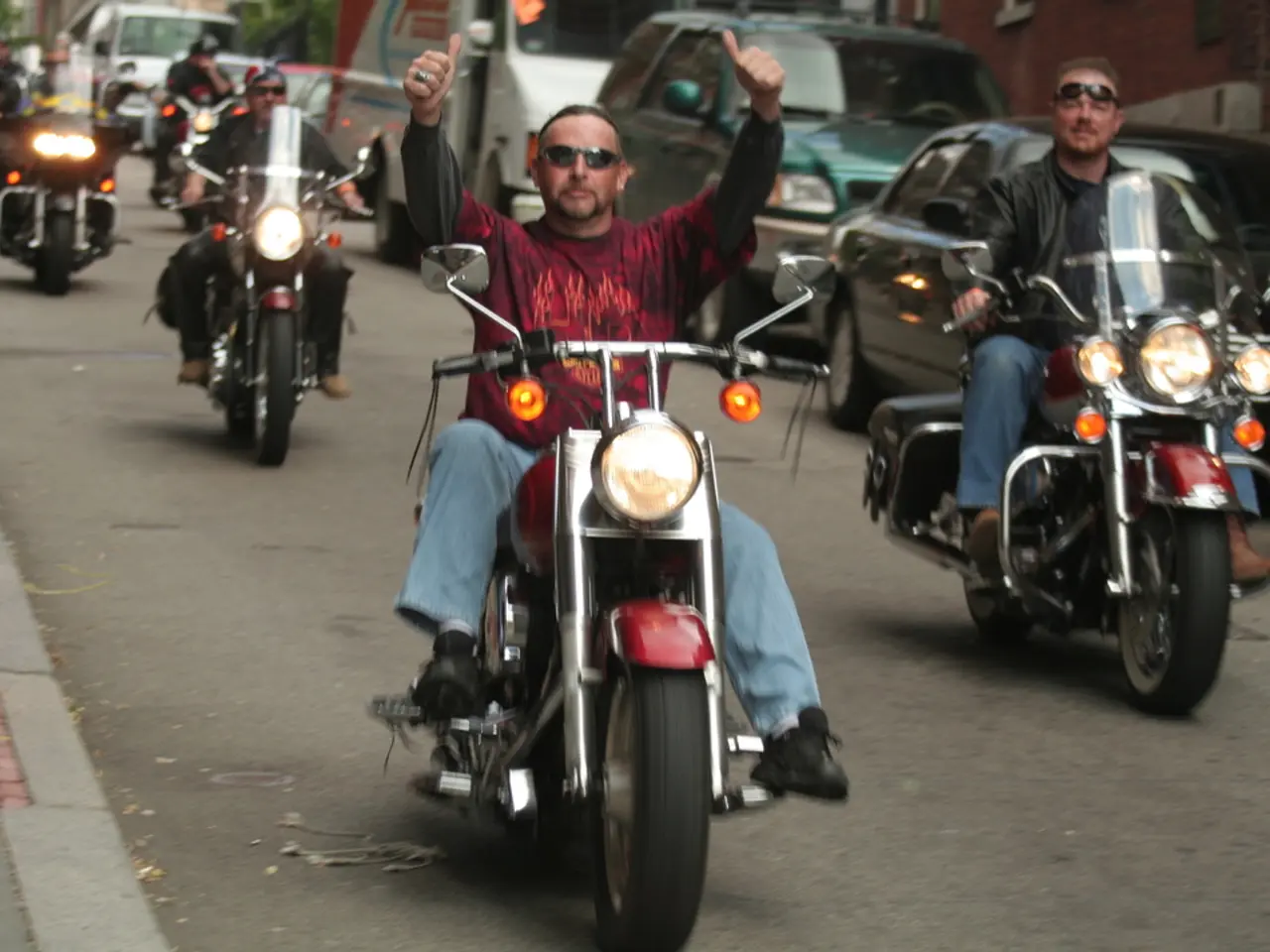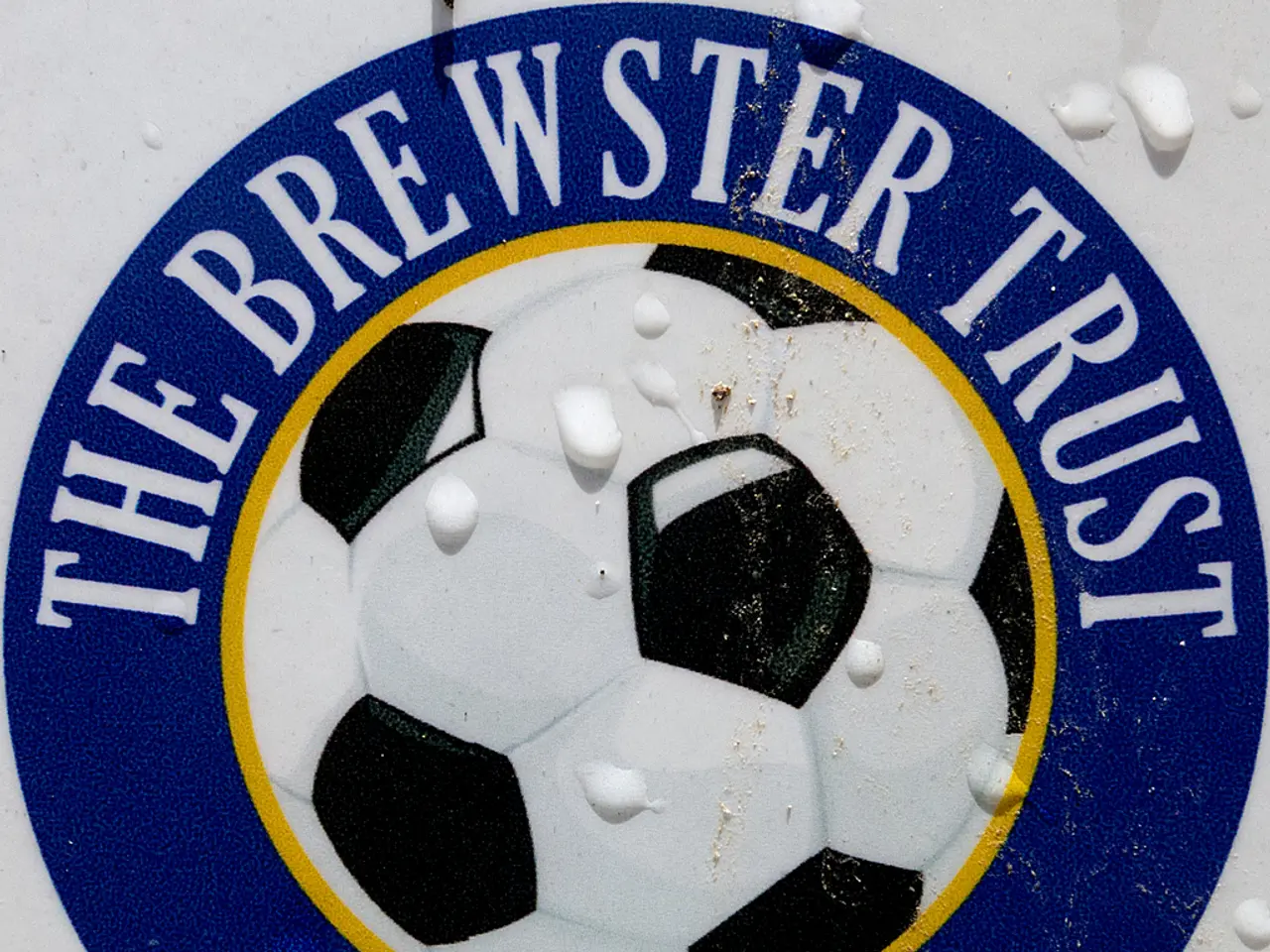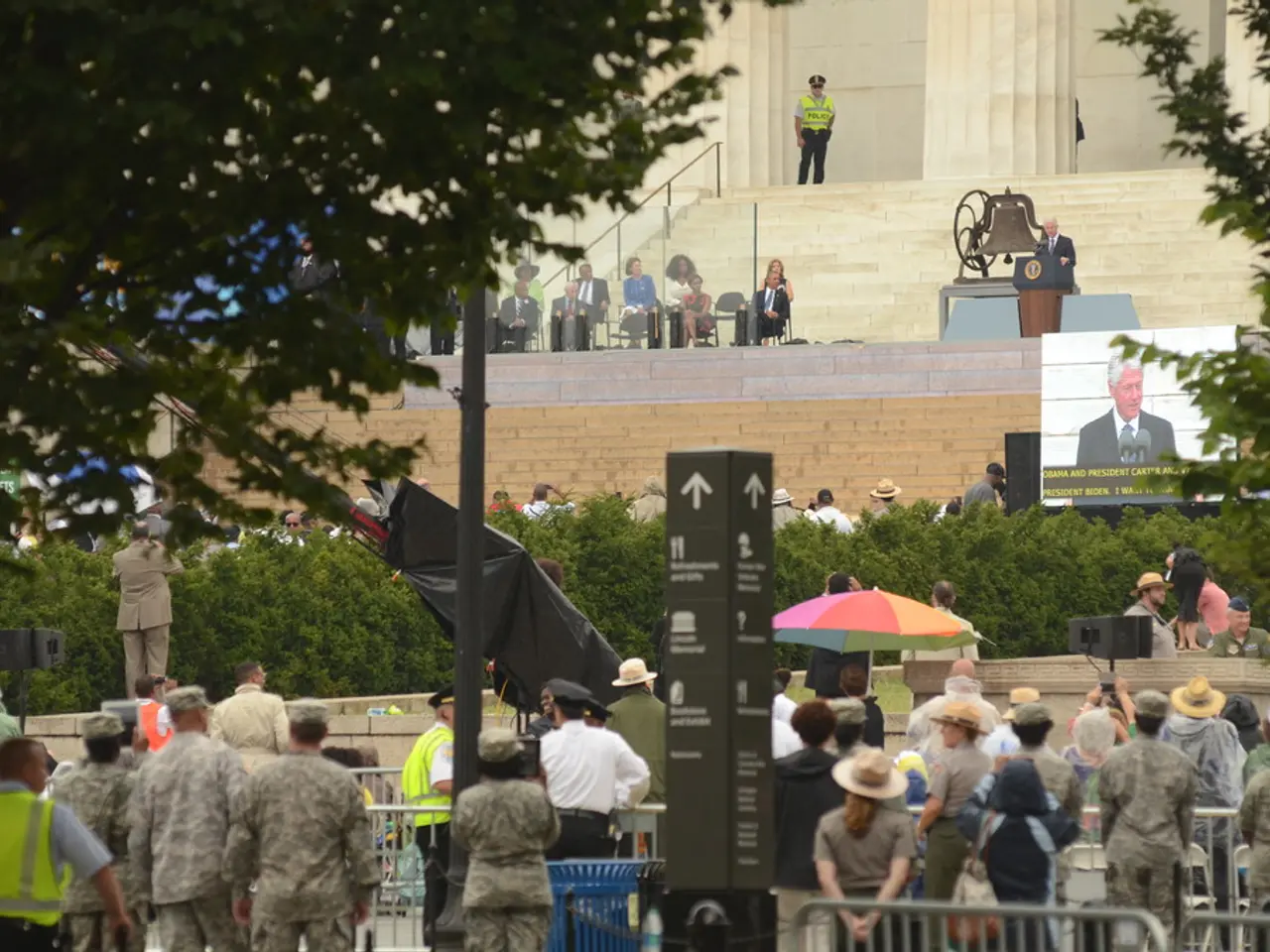Remains of a vanished cruise ship traveler discovered at a depth of 1,700 feet beneath a ridge, where she embarked on a solo hiking expedition in Alaska.
A 62-year-old woman, Marites "Tess" Buenafe, a resident of Kentucky and a doctor by profession, went missing while on a solo hike in Alaska. Buenafe, who was a passenger on the Norwegian Bliss cruise ship docked in Juneau, was last heard from at around 7:30am on Tuesday, July 1. After a large-scale search and rescue operation involving canine teams, helicopters, drones, Troopers, Juneau Mountain Rescue, Temsco Helicopters, and the Alaska Army National Guard, Buenafe's body was sadly discovered just before noon on Thursday. The body was found approximately 1,700ft (518m) below the ridge, on the Gold Ridge and Gastineau Peak trail, a moderately challenging four-mile path located in Alaska.
The tragic incident serves as a stark reminder of the importance of safety when embarking on solo hikes, especially on trails such as the one Buenafe chose. Here are some essential safety tips for solo hikers:
1. **Preparation and Planning** - Always inform a friend or family member about your hiking plans, including where you are going and when you expect to return. Consider sharing your live location using a GPS device or app to ensure someone can track your whereabouts if needed. - Research the weather forecast and any local advisories before heading out. Pack accordingly to be prepared for changing conditions. - Opt for well-traveled trails, especially for your first solo hikes, as they are generally safer and more populated with other hikers.
2. **Safety Gear and Equipment** - Pack a first aid kit, a multi-tool, a fire-starting method, and plenty of water and food. Consider a whistle for signaling help and a Personal Locator Beacon (PLB) or satellite messenger for remote areas. - Wear sturdy hiking boots and layers that can handle varying weather conditions. Bring waterproof gear to stay dry in case of rain.
3. **Safety During the Hike** - Keep an eye out for wildlife, especially if you are in areas known for bears or other dangerous animals. Make noise while walking to avoid startling them. - Use a phone app like All Trails to track your route and stay connected with others when you have cell service. - Trust your instincts. If you feel uncomfortable or unsure about a situation, leave the area.
4. **Emergency Situations** - Stay calm, take a moment to reassess your surroundings, and try to recall landmarks. If unsure, stay put rather than moving further into the wilderness. - Keep a safe distance and never approach wildlife. If threatened, use deterrents like bear spray (if legal in the area).
5. **Additional Tips** - Engage with other hikers to build camaraderie and increase your visibility to potential rescuers. - Plan for sunset to ensure you have enough daylight to complete your hike before dark.
By following these guidelines, solo hikers can significantly reduce risks and enjoy a safer experience on moderately challenging trails. Our thoughts are with Buenafe's family and friends during this difficult time.
While delving into general news, it's important to note that accidents are regrettably common in the outdoors, as expressed in the unfortunate incident involving Dr. Marites "Tess" Buenafe, who went missing during a solo hike in Alaska. This tragedy underlines the need for enhanced safety measures during sports activities that take us outdoors, including solo hikes.
In light of the incident, here are some essential safety tips for solo hikers: when venturing outdoors, be aware of the risks of fires and accidents that could occur on trails, such as the one Dr. Buenafe chose. Ensure you have the necessary safety gear, like a Personal Locator Beacon (PLB), and stay informed about the sports events happening in the region to avoid any potential dangers.







